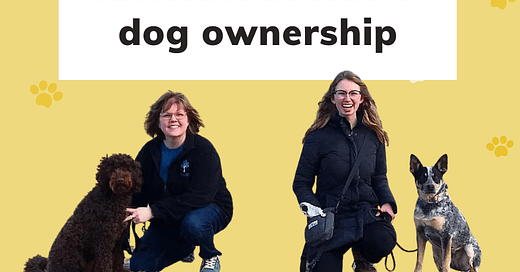Ways invisible illness impacts dog ownership
A decade ago, my mother was diagnosed with rheumatoid disease at 41 years old. (Her condition is often called rheumatoid arthritis, but I don’t use that label because it’s a misleading term. Arthritis is just one symptom of a larger autoimmune problem.)
None of our lives have been the same since her diagnosis. I’ve learned so much watching her navigate the world with an invisible illness. She is an incredible mother and wife and teacher and dog owner and friend and everything else—all with a silent war raging in her body.
Here are just a few things I now understand about caring for a dog while also struggling with a chronic disease. I’d love to see more empathy, kindness, and understanding in the dog ownership and training communities—especially when we don’t know the full story of what someone else might be dealing with.
Keep reading with a 7-day free trial
Subscribe to Paws and Reflect to keep reading this post and get 7 days of free access to the full post archives.





